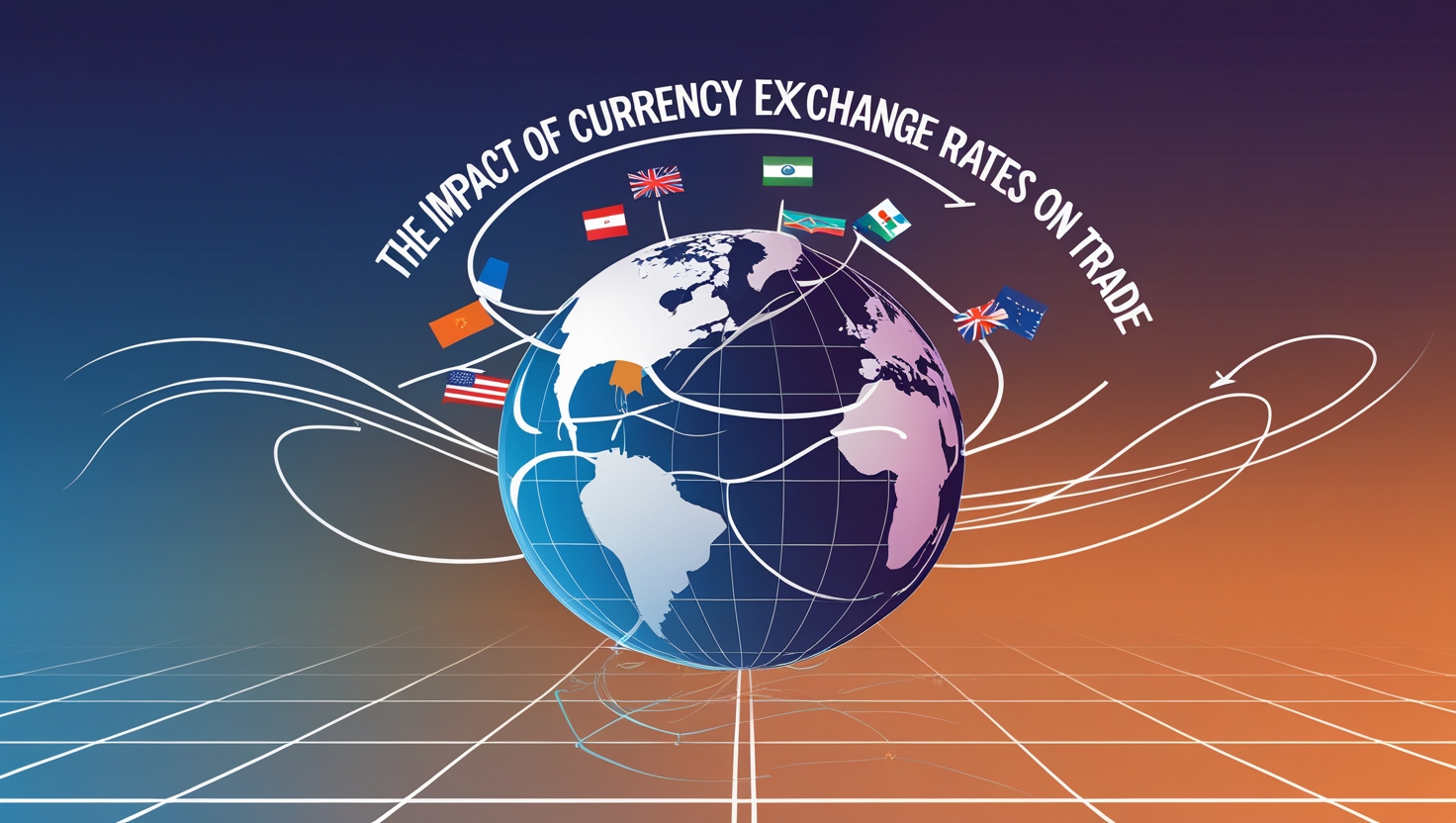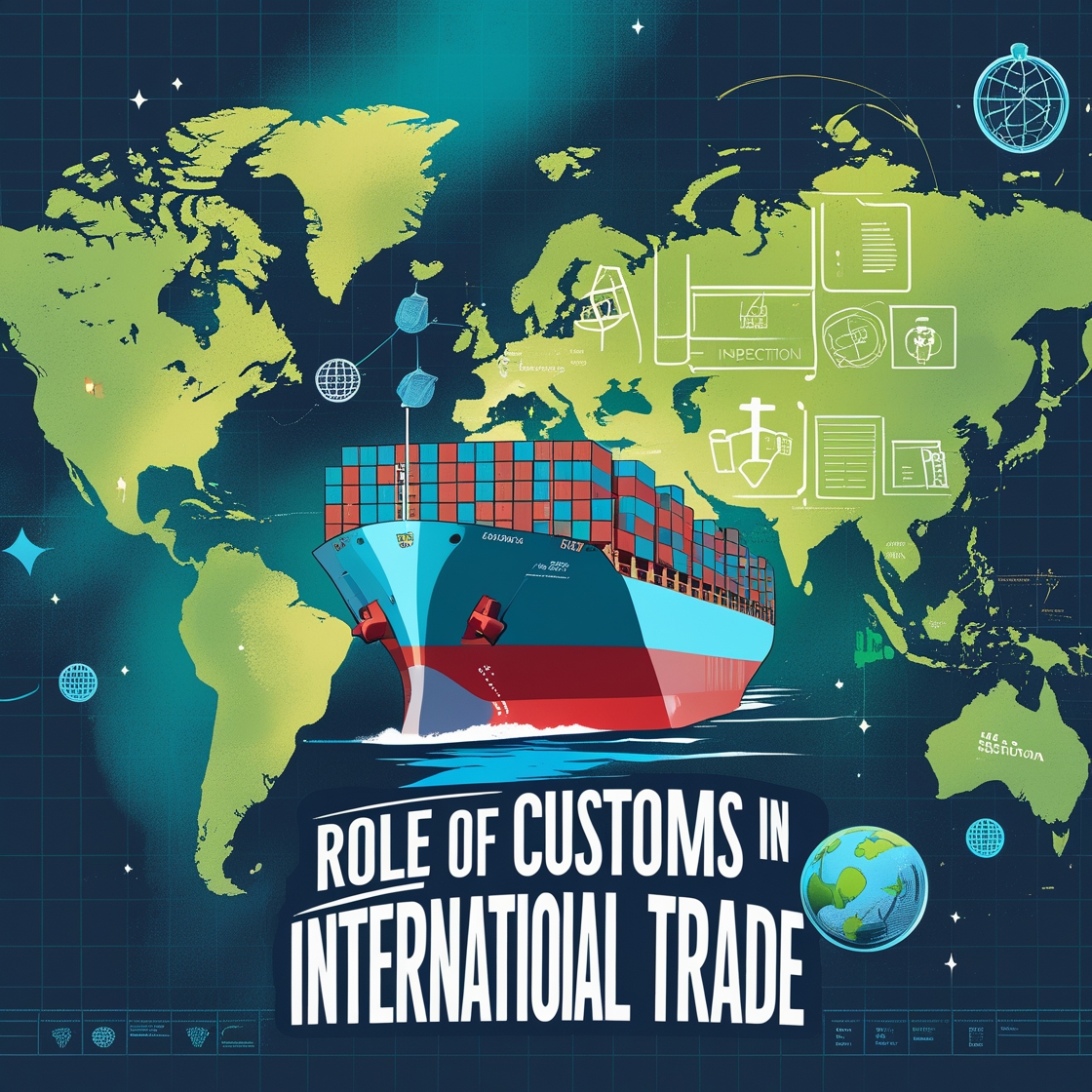International trade involves various parties from different parts of the world. So, to facilitate this type of exchange of goods and services, a common ground is needed for payments. That is where exchange rates come in. It’s a vital component of international trade and has a huge influence on the flow of goods and services around the world. The currency exchange rate has a huge impact on competition among businesses. Here, we will discuss the mechanisms of currency exchange rate and their impact on global trade.
What are Currency Exchange Rates?
Currency exchange rates are prices at which one currency can be exchanged for another. The rates determine how much a currency is worth against another. There are various factors that play into the fluctuation of rates. Some of these are interest rates, inflation, political stability and economic situation. Mainly there are two types of exchange rates.
- Fixed Exchange Rates: In this case, the value of a currency is pegged to another currency. Usually, it’s the currency of a big economy that does lots of business with the country that is pegging its currency. One example is the Japanese Yen pegged to the US dollar. Moreover, instead of pegging to a single dominant currency, a currency can peg its value to a basket of currencies for its diverse export markets.
- Floating Exchange Rates: In this system, exchange rates depend on the supply and demand of that particular currency. If the supply is more than demand, the exchange rate goes down, whereas if the demand is high but there is not enough supply, then the price goes up.
As of January 11th 2025, 1 USD is 0.98 euros. If the price of a product is 100 USD, then the price of that product would be 98 euros.
Impact on Trade
Exchange rate fluctuations reverberate throughout the global economy. They impact the price of goods and services. This alters the supply and demand dynamics across borders. Some of the key implications are:
Trade Volume Fluctuations
The increase and decrease of the exchange rate has an impact on the country’s trade volume. If a country’s currency depreciates in the international market, more countries are likely to engage in business with that country. Due to the cheap rate, the depreciated currency will be able to provide goods at a lower price. This is a huge upside for an export-based economy, a country that exports more than it imports. The International Monetary Fund (IMF) found that a 10% effective depreciation of the currency can increase that country’s GDP by 1.5% in real net exports terms. On the other hand, a country will suffer a higher cost of import if the country’s currency depreciates and it has an import-based economy.
Emerging Markets and Exchange Rates
Emerging markets tend to have higher volatility when it comes to exchange rates whereas developed countries do not experience the same. From 2010 to 2020, the Brazilian Real against the US dollar faced around 15% annual volatility on average. During the same period, the Euro faced only 7% volatility. Emerging markets that adopt the floating exchange rate can alleviate this volatility. It will promote more export growth compared to the fixed exchange rates.
Currency Wars and Trade Deficits
In 2018 the trade deficit of the US with China peaked, reaching $323.32 billion. This value only represents the value of goods traded. The deficit widens due to Chinese products being cheaper. So the US consumers could afford more Chinese products. A weaker Yuan facilitated the growth of the deficit as the US consumers had more purchasing power against the Yuan.
Exports and Imports
Weaker currencies promote more exports. Japan is a huge beneficiary in that account. It benefits from the depreciation of Yen as it is an export giant. The Japanese Yen reached an all-time low against the dollar in April of 2024. This greatly benefited the auto industry of Japan as companies were able to export more of their cars into the US and offer competitive prices. Moreover, they saw a tourism boost due to its depreciation as more people travelled there. Japan’s appreciation of Yen is what keeps the country up at night.
A strong currency has better purchasing power. So they can import goods cheaply. Too much import of goods cheaply can affect the industrial base of the country.
Currency exchange rates are part of global trade dynamics. Their fluctuations heavily influence the export and import of a country. A favorable exchange rate can boost trade and fuel the growth of the economy. So, policymakers should adopt systems that will benefit from the advantages of exchange rate fluctuations.


